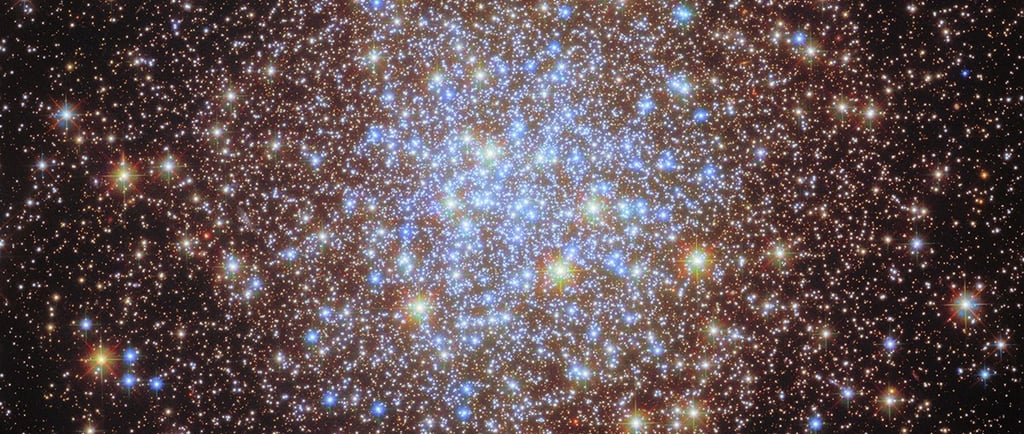M72: A Globular Cluster in the Aquarius Constellation


Introduction to M72
Located within the confines of the constellation Aquarius, M72 stands out as a captivating example of a globular cluster. With an apparent magnitude of 9.4, it is visible to amateur astronomers equipped with telescopes. This distant conglomerate of stars resides approximately 50,000 light-years away from Earth, providing a fascinating glimpse into the structure and dynamics of our Milky Way galaxy.
The Structure of M72
M72 consists of roughly 150 stars clustered together, bound by their mutual gravitational attraction. The stars in this globular cluster orbit around a central point of gravity, creating a remarkably dense core. This core is where the density of stars is highest, illustrating the effects of gravity in galactic formations. The gravitational interactions among the stars also contribute to the unique characteristics of M72, as older stars often collide and merge, leading to a vibrant ecosystem of stellar activity.
The Significance of Globular Clusters
M72 is one of many globular clusters scattered across the Milky Way, each providing valuable insight into the processes that shaped our galaxy. Globular clusters like M72 are essential for understanding the early formation of star systems and the evolution of galaxies. The stars within M72 are typically older and metal-poor, offering clues about the conditions of the early universe.
In addition to their historical significance, globular clusters play a critical role in astrophysical research. By studying the dynamics and characteristics of clusters like M72, astronomers can gather data on stellar evolution, gravitational dynamics, and the distribution of dark matter within galaxies.
In summary, M72 is not only a beautiful celestial object but also a cornerstone in the study of astronomy, offering insights into the cosmic past and helping scientists unravel the intricate relationships between stars within our universe.
